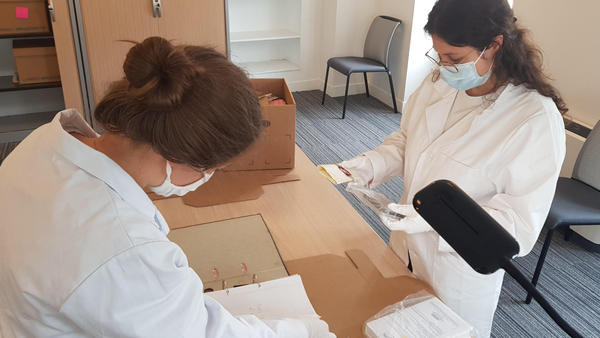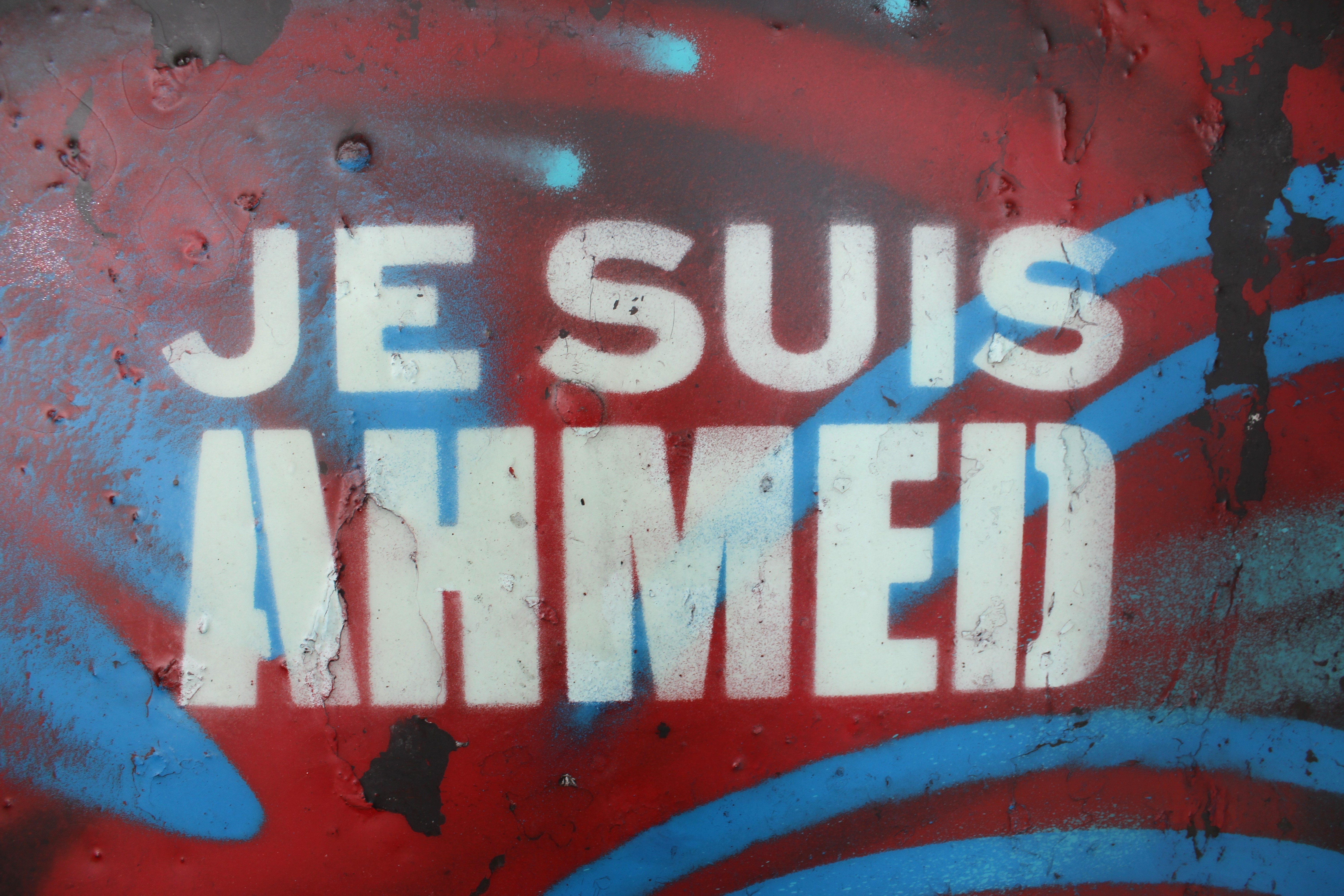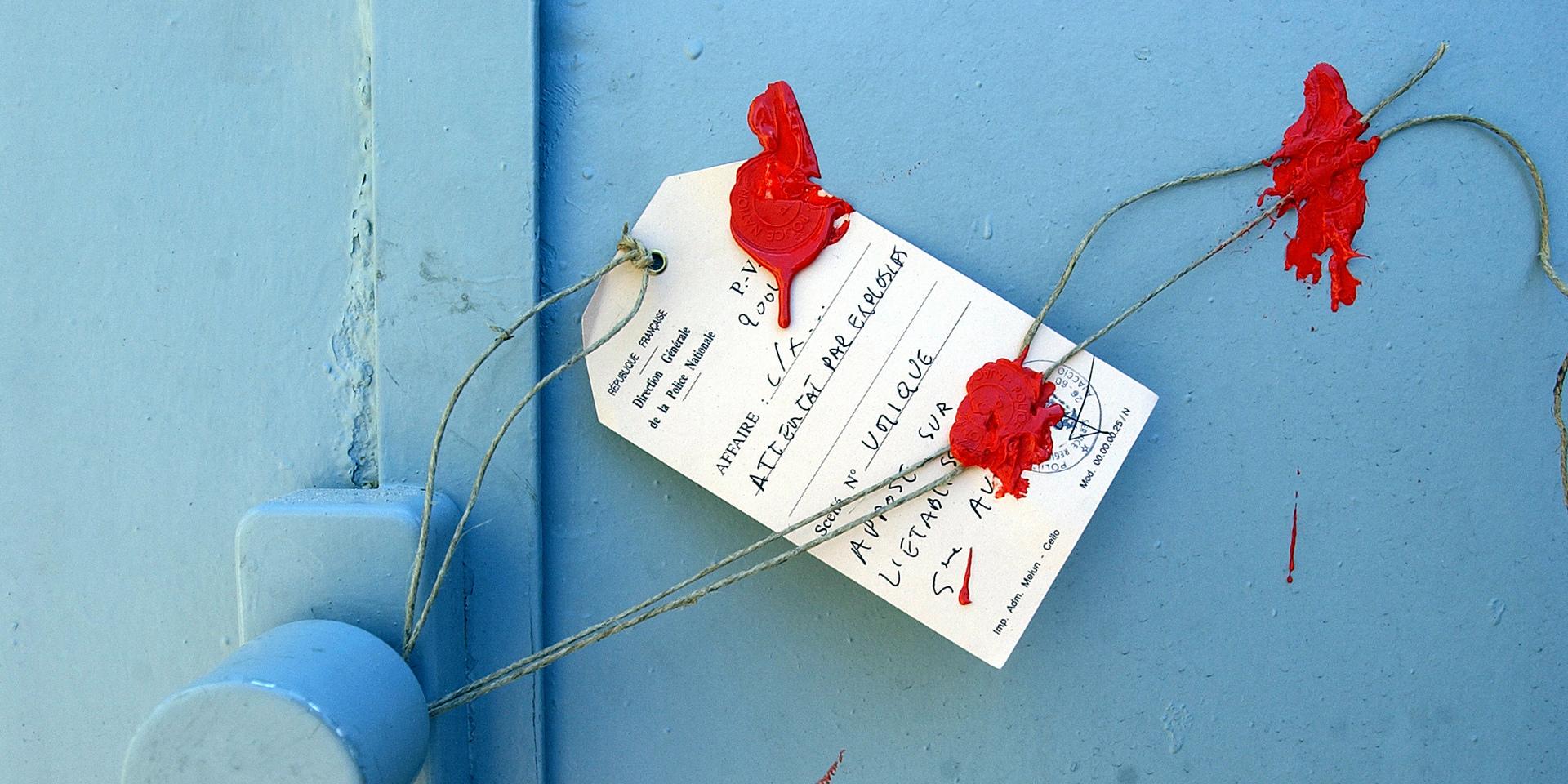Building Collections

Museum collections have been designed to reflect both the collective history and individual experiences. They therefore include photographs, objects, and private archives that tell life stories. Testimonies are also collected to explain these objects.
The museum’s own collections come from a collection drive with victims’ associations, closed legal cases, institutional objects (e.g. from the police), works of art, literature, and music, paper archives, and audiovisual and digital archives.
Further acquisitions will help fill in any gaps in the collections. New collection drives and calls for donations will also be held regularly.
Loans will round out the permanent and temporary exhibitions. They will come from a network of heritage partners (national museums, Musées de France institutions, the Centre national des arts plastiques [CNAP], Fonds régionaux d’art contemporain [FRACs], national and departmental archives, ministries, and other institutions).
Artistic Creation
The Museum and Memorial of Terrorism hopes to prominently feature modern art. Art will help illustrate different topics covered in the museum, including societal responses to terrorism via a critical reading of themes like freedom versus surveillance and the question of victims—and therefore of mourning and resilience. In addition to plastic arts, the museum will draw on musical, choreographic, and literary creations for different purposes.
The Museum and Memorial of Terrorism intends to make acquisitions, and an Acquisitions Committee will soon be put together. It will include representatives from the Ministry of Culture (Direction générale des patrimoines et de l’architecture, the Direction générale de la création artistique, and qualified experts).
Loan items will also serve to illustrate museum displays. Indeed, with the support of the Ministry of Culture’s Délégation des arts plastiques, museum designers have performed an in-depth exploration of the collections in the Centre national des arts plastiques (CNAP) and Fonds régionaux d’art contemporain (FRACs).
A perennial artist in residence program will also be launched. One idea would be for it to take the form of artists invited to visit the Museum and Memorial’s collections. They would then produce an interpretation of those collections, giving their own reading or personal point of view.
The 1% for art program will provide the means to commission one or several works of art specially for the site. These could be plastic or graphic arts using new technologies, requiring a redesign of museum landscaping, involving furniture design, or calling for special signage.

Visiting Museum Reserves
Following the example of the Mucem, museum reserves will be partially open to the public. A special space will be available to the families of victims. Another space will be for educational workshops. And a third space will be for artists in residence.

